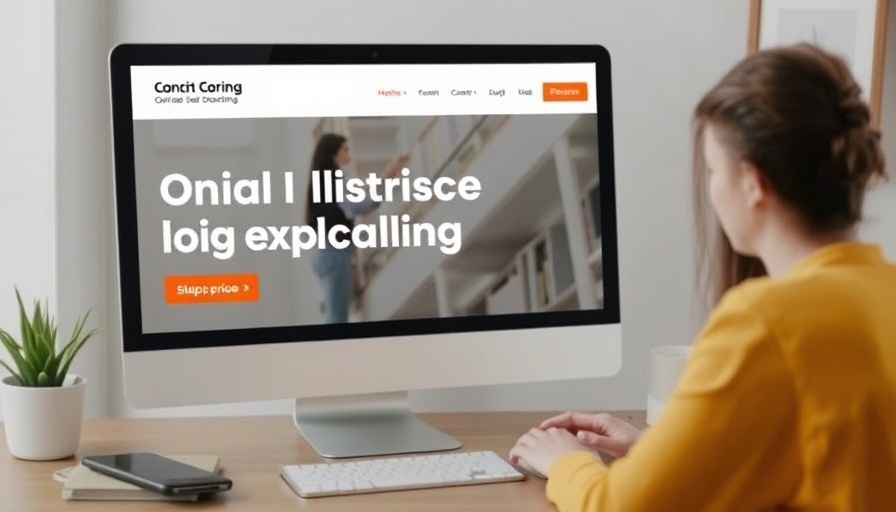
Embracing the Dual Role of Entrepreneur
As entrepreneurs, we often oscillate between being the visionary leader and the diligent worker bee. This dual role can sometimes lead to being harsh on ourselves, but what if we turned that around? Being a good boss to yourself means fostering an environment where personal and professional growth coalesce seamlessly. You are in a unique situation where you can model the behavior that you'd expect from a great boss—supportive yet challenging.
Creating Your Ideal Work Environment
The first step to being a good boss to yourself lies in crafting your ideal work environment. Consider what motivates you. Is it a quiet space, or do you thrive in a bustling café? As a boss, you wouldn’t force your employees into an unsuitable environment; apply that same thinking to yourself. By aligning your workspace with your preferences, you can enhance creativity, productivity, and overall well-being.
Setting Realistic Priorities and Goals
Just as successful leaders set clear objectives for their teams, setting achievable goals for yourself is crucial. Implement a structured approach to your day-to-day tasks. Break your goals down into bite-sized pieces to prevent feeling overwhelmed. This technique not only ensures progress but helps maintain focus and motivation. Celebrate each small success—after all, every achievement is a step toward your larger vision.
Investing in Self-Compassion
A pivotal aspect of being a good boss to yourself is nurturing self-compassion. Many times, we are our worst critics. If you encounter setbacks, don’t let them define your journey. Instead, treat yourself with the same kindness and understanding you would offer a friend. This emotional toolkit can lead to resilience, allowing you to bounce back stronger.
Leveraging Strengths to Navigate Challenges
Identifying and leveraging your strengths can massively reshape your entrepreneurial journey. Gallup’s StrengthsFinder tool, for instance, is a valuable resource to discern where your talents lie. By focusing on what you do best, you can navigate challenges with greater ease and ignite passion within yourself, which echoes outwardly in your business.
Gathering Support and Feedback
Good bosses surround themselves with competent individuals and seek feedback to improve. Network within communities of like-minded entrepreneurs, especially those catering to similar demographics. Engage in mentorship or peer groups where sharing experiences can provide invaluable insights. This reciprocal support can alleviate feelings of isolation prevalent in entrepreneurship.
Future Predictions: The Entrepreneurial Landscape
As the entrepreneurial landscape continues to evolve, there is a growing need for leaders to apply a holistic approach to self-leadership. Understanding socio-cultural shifts, particularly those surrounding mental health and remote work, is critical. As more entrepreneurs embrace self-care, being a compassionate boss to oneself will not just enhance individual performance but also contribute positively to workplace culture.
Conclusion: Take Charge as Your Own Boss
Leverage the insights shared in this article to elevate your entrepreneurial journey. Embrace the power of self-management, redefine what a boss looks like, and invest in a healthier work-life balance. By being the good boss you deserve, you also set a standard for those who follow. It's time to take charge and create a fulfilling work environment for yourself.
For more insights on managing your entrepreneurial journey effectively, join our community of learners and engage with others in similar situations. Let’s create environments that foster both personal fulfillment and professional success.
 Add Row
Add Row  Add
Add 




Write A Comment